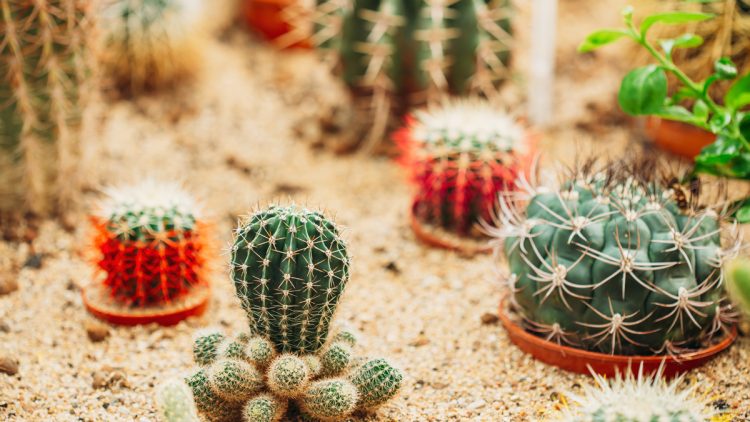Pros and Cons of Xeriscaping
Xeriscape landscaping is a sustainable design strategy with water-wise principles, drought-tolerant foliage, and lawn options like rocks, mulch, or gravel. Presently this kind of design is becoming more and more favorable since education concerning the environment is stepping up to a higher degree.
Pros of Xeriscaping
Below are the Pros of Xeriscaping
Little to No Irrigation
Decreasing environmental footprint should be a priority for all of us therefore water conservation needs to be implemented into every landscape design. That is precisely what xeriscaping is intended to do. Drought tolerant foliage with pebbles or mulch as a groundcover rather than grass is going to save a lot of water. Drip irrigation systems are suggested considering their capability to effectively deliver water and nutrients straight to the plant roots.
Eye Pleasing
Xeriscaping might be thought of as boring but appropriate plant selection and design can lead to excellent results. Choices are limitless with a lot of different types of succulents, flowy decorative grasses, blooming perennials, and shrubs in addition to a number of palm and tree species. Combinations of diverse textures of foliage and rocks bring interest every year.
Variability
Whereas xeriscaping is usually achieved in dryer climates it doesn’t mean that it can’t thrive in other areas as well. Try utilizing this method in stubborn areas of your yard where other plants don’t display their total potential. Be careful to select native and non-invasive species, speak with a landscape architect, and verify for any special requirements that your city might have.
Maintenance
One of the main reasons why people ask for this kind of design is because it provides low maintenance. Drought-tolerant plants require less pruning because they grow a lot slower, don’t require costly fertilizers, and their ability to resist diseases and pests makes them an ideal candidate for your yard. With people’s busy everyday plans, having a reduced-maintenance garden is a bonus. A lot of people would prefer to spend quality time with their friends and family instead of taking care of the lawn each weekend.
Frugal
The up-front investment in a good design and foliage material could be higher but when considered towards the future it is going to save you a lot of money through lower upkeep and reduced water bills. You aren’t going to have to spend money on costly contractor services particularly if the designed area isn’t that big, go online and look for some videos on how to put down gravel and plant plants on your own. The outcome is going to be much more rewarding, and you are going to learn new skills.
Cons of Xeriscaping
Below are the Pros of Xeriscaping
No Lawn
Lawns need a lot of water for irrigating, so it is a BIG NO when xeriscaping. For a lot of people, this could be a significant downside because many appreciate the look of a recently mowed lawn and wish to use it for relaxing, physical activities, or as a play area for children. Devise a list of the advantages and disadvantages of a lawn and decide if it is going to be a wise investment or just a spontaneous purchase.
Invasive
Xeriscaping might not be thought of as the most environmentally friendly design since the focus is shifted from native plants to drought-tolerant ones. Every native plant is not drought tolerant but is vital for ecosystem self-reliance. Creating an imbalance in the environment is going to impact diversity causing the spreading of invasive species, reduced insect pollination, and malfunction of natural processes.
Inappropriate For Children
A lot of succulents grow thorns and sharp leaves that can be a hazard for small children, and adults alike. Rough ground covers like blocky rocks that have sharp edges could be rough on their tiny feet, so be sure to use pea gravel rather than cinder rocks. From an early age, children should find out about plants and which ones are safe and which ones are not safe for them. Passing the time getting in touch with nature is truly important for children’s growth and development.
High Initial Costs
Initial stages of landscape installation could require a lot of time and money, particularly if you need to excavate the existing landscape. Additionally, gravel and rocks are harder to transport and more costly at first than a conventional lawn.
Lastly, the best option is to begin small, start with a test with a limited xeriscape area in your yard to follow the growth and outcomes. A good alternative to all xeriscapes would be to retain the backyards lushness and green, where at the same time carrying out a water-wise design in the front yard.
Landscaping Materials Phoenix by A&A Materials, Inc.
A & A Materials, Inc., located in Scottsdale, Arizona, offers Landscaping Materials for your landscaping needs. Call us at 480-990-0557 for more information.




